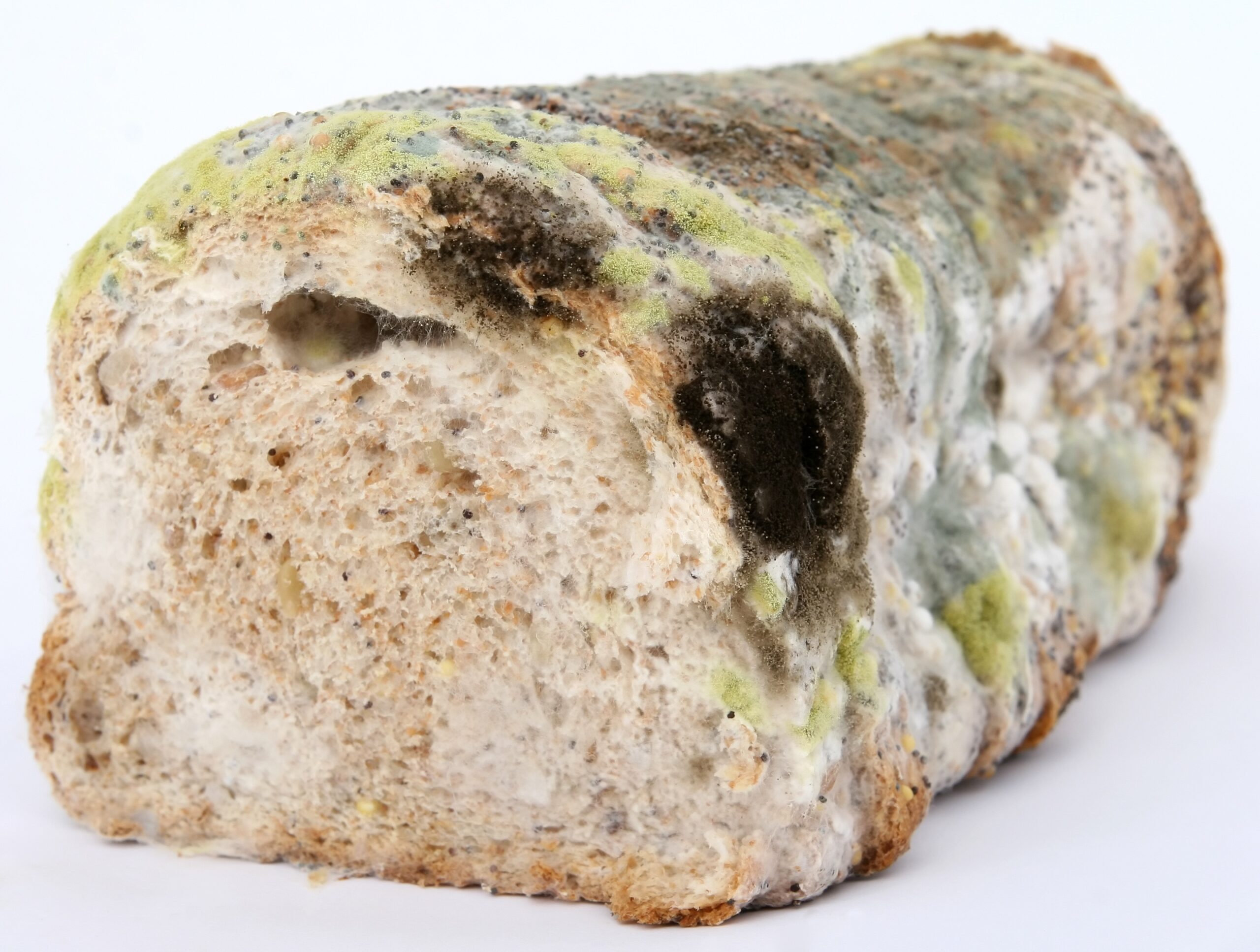Introduction to Moldy Bread
Mold is a type of fungus that thrives in moist environments, making bread an ideal breeding ground under certain conditions. Mold spores are everywhere in the environment and can easily land on bread, especially if it’s stored in humid or warm conditions. While some molds are harmless and may only affect the appearance and taste of bread, others can produce toxins that pose health risks when ingested.
Types of Bread Mold
There are various types of mold that can grow on bread, including:
Penicillium
This blue or green mold is commonly found on bread and is generally considered safe to eat in small amounts.
Aspergillus
Some species of Aspergillus mold can produce mycotoxins, which can be harmful when consumed in large quantities.
Rhizopus
This mold appears as white or gray fuzz and can cause bread to spoil quickly.
Fusarium
Certain species of Fusarium mold can produce mycotoxins, which may pose health risks if ingested.
Potential Risks of Eating Moldy Bread
While some molds on bread are harmless, others can produce toxins that may cause adverse health effects, including:
Food Poisoning
Ingesting bread contaminated with toxic molds can lead to symptoms of food poisoning, such as nausea, vomiting, diarrhea, and abdominal pain.
Allergic Reactions
Some individuals may be allergic to mold spores and experience allergic reactions, such as respiratory symptoms or skin irritation, when exposed to moldy bread.
Mycotoxicosis
Consuming bread contaminated with mycotoxins produced by certain molds can lead to mycotoxicosis, a condition characterized by a range of symptoms, depending on the type and amount of toxin ingested.
How to Safely Handle Moldy Bread
To minimize the risk of consuming moldy bread and prevent foodborne illness, follow these guidelines:
Inspect Bread Carefully
Check bread for any visible signs of mold before consuming, including discoloration, fuzzy spots, or a musty odor.
Discard Moldy Bread
If you see any mold on bread, it’s best to discard the entire loaf or affected slices to prevent cross-contamination.
Store Bread Properly
Keep bread in a cool, dry place, such as a bread box or pantry, and avoid storing it in humid or warm environments.
Use Bread Promptly
Consume bread within a few days of purchase or freeze it for longer storage to prevent mold growth.
Clean Food Storage Areas
Regularly clean and sanitize food storage areas, such as bread bins, shelves, and pantry spaces, to prevent mold growth and contamination.
FAQs
Can I remove the moldy part and still eat the rest of the bread?
It’s not recommended to eat bread with visible mold, even if you remove the affected area. Mold can produce invisible spores that may have spread throughout the bread, increasing the risk of ingestion.
Is it safe to toast moldy bread?
Toasting moldy bread does not eliminate the potential health risks associated with mold ingestion. It’s best to discard moldy bread to avoid consuming toxins produced by mold.
Can I eat bread with a little bit of mold on it?
It’s not advisable to consume bread with any visible mold, as even small amounts can pose health risks. Mold can produce toxins that may cause food poisoning or allergic reactions.
Is it safe to eat bread with white mold?
White mold on bread may indicate the presence of Rhizopus mold, which can cause bread to spoil quickly. It’s best to discard bread with any type of visible mold to prevent foodborne illness.
Can I eat bread that’s been stored in the refrigerator with mold on it?
Refrigeration can slow down mold growth but may not prevent it entirely. If you discover mold on bread stored in the refrigerator, discard it to avoid potential health risks.
What should I do if I accidentally ate moldy bread?
If you’ve consumed moldy bread and experience symptoms of food poisoning, such as nausea, vomiting, diarrhea, or abdominal pain, seek medical attention promptly. Be sure to inform your healthcare provider about the mold exposure.
Is it safe to eat bread that’s past its expiration date but doesn’t have visible mold?
While bread may still be safe to consume past its expiration date if stored properly, it’s essential to inspect it for any signs of mold or spoilage before eating. When in doubt, it’s best to discard bread to avoid potential health risks.
Conclusion
While moldy bread may be a common occurrence in households, it’s essential to understand the potential risks associated with consuming it. Mold on bread can range from harmless to potentially harmful, depending on the type of mold and individual health factors. By following proper food safety guidelines, such as inspecting bread carefully, discarding moldy bread, and storing bread properly, you can minimize the risk of foodborne illness and ensure the safety of your food supply. When in doubt, it’s best to err on the side of caution and discard bread with any signs of mold to protect your health and well-being.
- What Not To Do Before Lip Filler - May 31, 2025
- Understanding Breadcrumbing And Its Impact On Modern Relationships - May 31, 2025
- Neck Line Filler Treatment Near Shalford, Surrey - May 30, 2025

